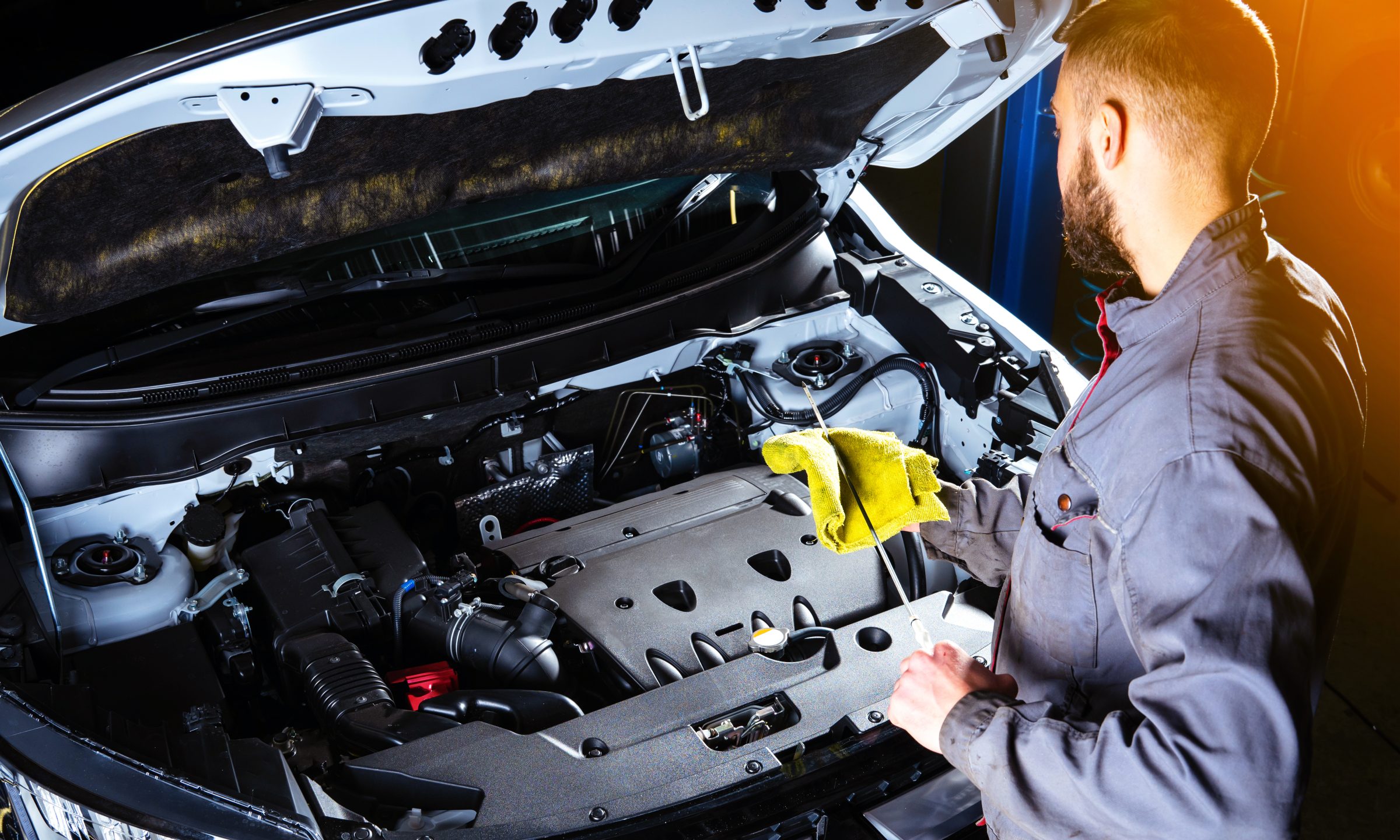All Categories
Featured

The check engine light (CEL) is among one of the most crucial warning systems in your cars and truck, yet it frequently triggers complication or worry for several chauffeurs. Understanding what this light stands for and how to handle it can conserve you time, money, and unneeded stress and anxiety. This overview offers a review of what causes the CEL, its possible implications, and the actions you should take when it lights up.
What Does the Check Engine Light Indicate? The CEL becomes part of your vehicle's onboard diagnostics system (OBD), which monitors engine efficiency and discharges. It lights up when the system detects an issue that requires your attention.
Strong Light: Signals a non-urgent trouble but one that must be attended to quickly, such as a sensing unit malfunction or emissions-related concern. Flashing Light: Shows a crucial concern like an engine misfire. Driving in this condition can trigger severe damage, so immediate activity is required. Typical Sources Of the Inspect Engine Light. The CEL can illuminate for a broad array of factors, some small and others much more serious. Right here are some of the most frequent reasons:

Loosened or Damaged Gas Cap:
A loosened gas cap can jeopardize the gas system, triggering the CEL. Checking and tightening up the cap is a simple very first step when the light comes on. Faulty Oxygen Sensor:
This sensing unit keeps track of the air-to-fuel proportion in your engine. A breakdown can reduce fuel performance and rise discharges. Malfunctioning Catalytic Converter:
The catalytic converter helps in reducing unsafe exhaust discharges. Disregarding various other engine problems, like misfires, can result in catalytic converter damages. Ignition System or Ignition Coil Concerns:
These parts are vital for beginning and running your engine efficiently. Normal maintenance can stop wear and failure. Mass Air Flow Sensing Unit Troubles:
This sensing unit measures the amount of air going into the engine to ensure optimal efficiency. A filthy or defective sensor can decrease performance and power. When the Check Engine Light Comes On, actions to Take. Inspect the Gas Cap:
Tighten up the cap and see if the light switches off after driving a couple of miles. Observe the Automobile's Actions:
Keep in mind any type of unusual signs like harsh idling, decreased power, or unusual noises. Scan the Codes:
Use an OBD-II scanner to recover problem codes saved in your cars and truck's computer. Lots of auto parts shops offer this service completely free. Go To an Auto Mechanic:
If the light continues to be on or is flashing, take your car to a specialist for a thorough medical diagnosis. Stopping Inspect Engine Light Issues. Positive upkeep is the best way to prevent CEL problems. Adhere to these suggestions:
Stay With a Regular Maintenance Set Up: Change your oil, replace filters, and check ignition system on schedule. Examine the Gas Cap: Change damaged caps to avoid leaks in the fuel system. Usage High Quality Fuel: Poor-quality fuel can contribute to sensor and emissions concerns. Why Prompt Activity Issues. Disregarding the CEL can bring about more extreme issues, such as engine damage or costly repair services. If ignored., a small problem like a loosened gas cap can snowball right into a significant cost.
Conclusion. The check engine light is a vital tool for keeping your automobile's health and wellness. By understanding its function and responding without delay, you can avoid unneeded fixings and keep your cars and truck running smoothly. The next time the CEL comes on, keep in mind to remain calm, examine the basics, and consult a specialist if required.
Latest Posts
Exactly How Can I Prepare My Residential Or Commercial Property for a Fencing Setup?
Published Dec 22, 24
0 min read
A Novice's Guide to Comprehending Your Automobile's Check Engine Light
Published Dec 22, 24
0 min read
Affordable Commercial Roofing Solutions in HD
Published Dec 22, 24
1 min read
More
Latest Posts
Exactly How Can I Prepare My Residential Or Commercial Property for a Fencing Setup?
Published Dec 22, 24
0 min read
A Novice's Guide to Comprehending Your Automobile's Check Engine Light
Published Dec 22, 24
0 min read
Affordable Commercial Roofing Solutions in HD
Published Dec 22, 24
1 min read